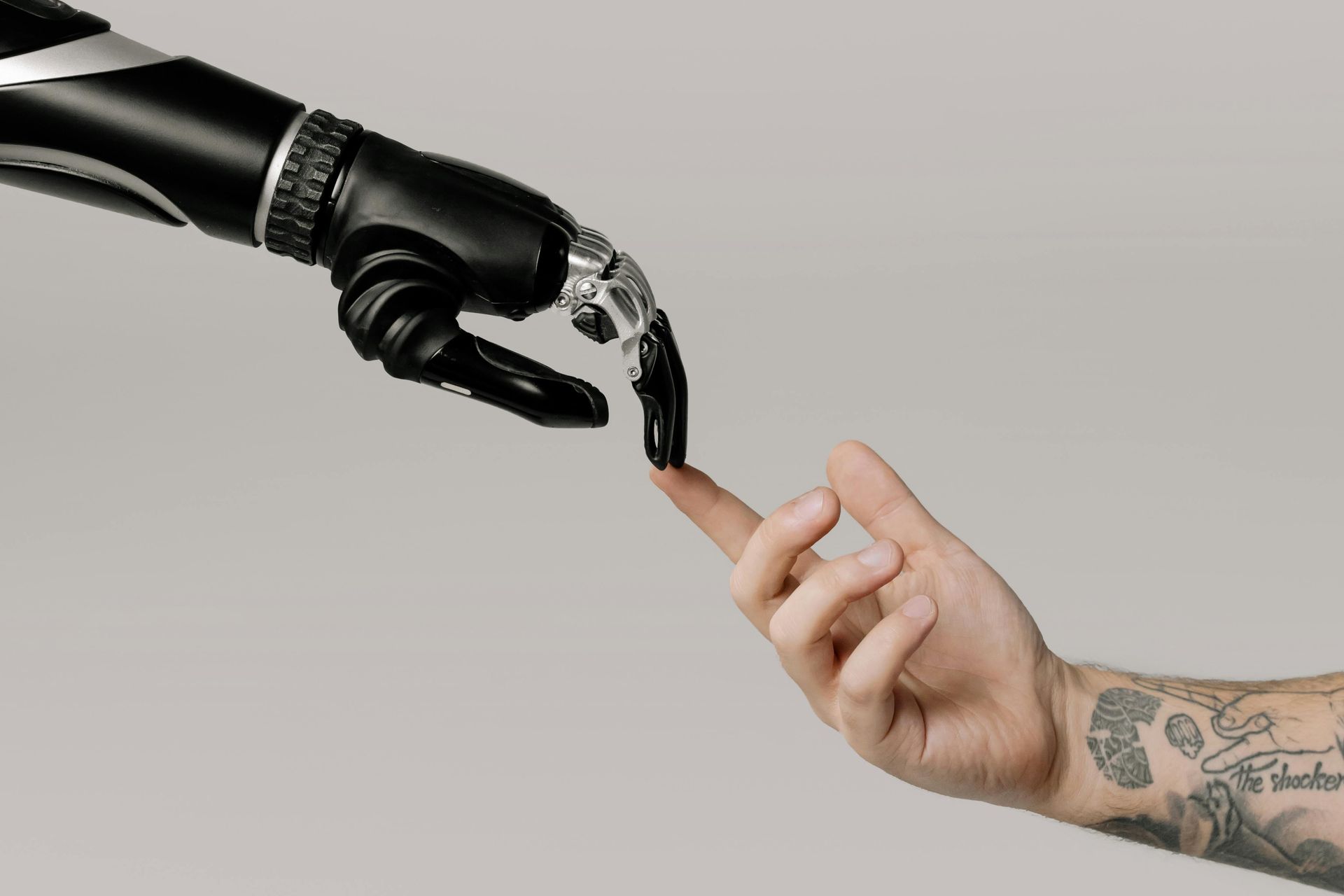Eliminate Manual Processes Across Your Enterprise
Automate workflows, documents, and data integrations with FlowWright’s powerful no-code platform.
Book a Live Demo >>Now a days automation is not just a nice-to-have—it's essential for teams to get more work done, faster. Most organizations demand more than static workflows and rigid logic. They need intelligent systems that can design, adapt, and optimize themselves. This is where our platform using FlowWright AI steps in, redefining business process automation with a suite of capabilities that not only streamline operations but also make them smarter.
We break down 10 things FlowWright AI can do to transform how enterprises design, test, and optimize their workflows and forms.
1. Build a Process Flow
Easily create workflows from scratch can be time-consuming and prone to design inefficiencies. Our AI simplifies this by allowing users to describe their objectives or business rules in natural language. The AI interprets the intent and automatically generates a complete process flow, complete with tasks, decisions, and parallel branches—dramatically reducing development time.
Example: A user types "I want an approval workflow for purchase requests above $10,000," and FlowWright AI builds it within seconds, including the conditions, email tasks, and approval routing logic.
2. Predict Next Steps in the Flow
Static workflows often fall short when processes evolve. Our platform uses real-time data and historical patterns to predict the most probable next step in a workflow. This is crucial for dynamic environments like customer support, insurance claims, or supply chain processes where the path isn’t always linear.
Example: The AI recommendation engine ensures processes stay efficient and contextually relevant by adjusting flow direction based on live inputs or user behavior.
3. Build a Form
Designing user input forms is often a repetitive task. With FlowWright AI, you can describe what the form needs to collect—such as "employee onboarding form with name, role, manager approval, and start date"—and the AI generates a full-featured, styled form with validations, data bindings, and user experience optimizations.
Result: This significantly reduces development time and enables non-technical users to contribute to application building.
4. Summarize a Process Flow
Complex workflows can contain dozens or even hundreds of steps. Understanding what a workflow does at a high level often requires manual inspection. Our platform can instantly summarize a process, identifying its purpose, key decision points, branching logic, and possible end outcomes in a few descriptive sentences. This feature is invaluable for documentation, governance, and onboarding new team members.
5. Summarize a Form
Not only can FlowWright AI build forms—it can NOW also
summarize them. Whether for audit, testing, or integration purposes, it can provide a natural language summary like:
“This form collects employee data including full name, department, start date, and uploads an ID document. It includes validation for mandatory fields and a digital signature step before submission.”
Result: Faster understanding and debugging of form logic at scale.
6. Generate Test Data for a Process
Testing workflows traditionally requires the manual creation of test cases and data scenarios. FlowWright AI can analyze the process logic, identify key paths (positive, negative, edge), and generate structured test data accordingly.
Example: In a leave request workflow, AI will generate test data for different roles (employee, manager), date ranges, and conditions like overlapping leaves or missing documents—ensuring maximum path coverage with minimal effort.
7. Generate Test Data for a Form
Similar to processes, forms also need structured testing. our enterprise workflow automation platform intelligently inspects form field types, constraints, and validation rules to generate synthetic test data—ideal for functional and regression testing.
Result: Whether it’s a loan application or compliance report, AI-generated form data helps QA teams rapidly identify errors and edge cases, improving product quality.
8. Auto Scale Based on Runtime Data
One of the core pillars of intelligent automation is adaptability. FlowWright AI uses predictive analytics and resource monitoring to auto-scale workflow execution, ensuring high performance even during peak load.
Example: If document validation workflows spike during month-end reporting, it detects it and scales up resources automatically—no manual tuning required. This not only saves costs during low usage periods but also maintains SLA compliance during high-demand scenarios.
9. How to Fix Step Errors
Traditionally, debugging a broken workflow step involves digging into logs and configurations. Now with FlowWright. It simplifies this by automatically identifying errors, pinpointing root causes (missing variable, misconfigured task, or external dependency failure), and suggesting or applying fixes.
Result: This intelligent self-healing capability greatly reduces downtime and support cycles, while also educating users on best practices for future process design.
10. Continuous Learning from Runtime Data
What truly sets FlowWright AI apart is its learning capability. As more workflows execute and user behavior accumulates, the AI models refine their understanding—leading to better predictions, smarter form suggestions, and more accurate test data generation.
Result: Our system doesn't just automate—it evolves with your business, becoming more context-aware and aligned with organizational goals over time.
The Future of Workflow is Self-Driven
FlowWright AI isn’t just another set of automation features. It’s a paradigm shift—from human-defined logic to AI-assisted orchestration. Instead of building everything manually, users can now rely on AI to generate, test, summarize, and optimize every component of a business process or form.
This dramatically shortens development cycles, improves process quality, and empowers teams to shift focus from grunt work to innovation.
Whether you're an enterprise looking to scale automation or a developer seeking to eliminate repetitive tasks, our platform delivers unmatched productivity and intelligence across the automation lifecycle. The age of static BPM is over. With FlowWright AI, business automation becomes adaptive, predictive, and intelligent—bringing automation closer to autonomy. By embedding AI across design, execution, and error recovery, we are setting a new benchmark for what’s possible in workflow automation platforms. Ready to learn more? Schedule a demo to explore our AI features and discover how it can transform your organization’s ROI using workflow automation.







